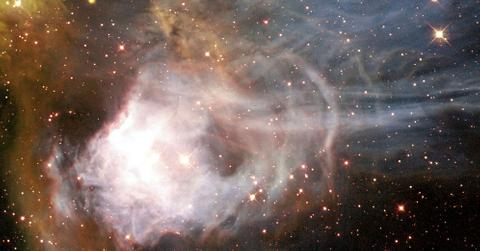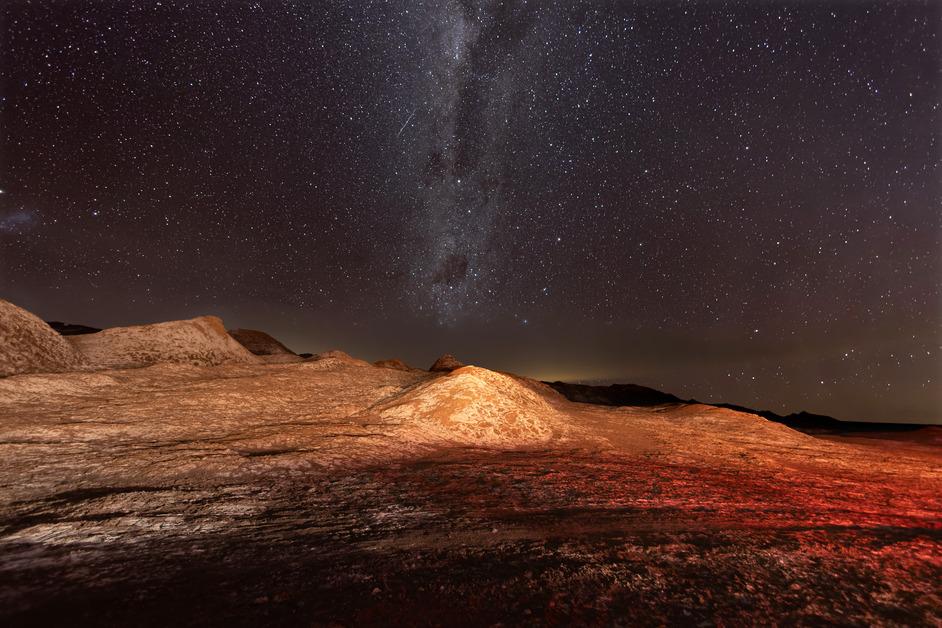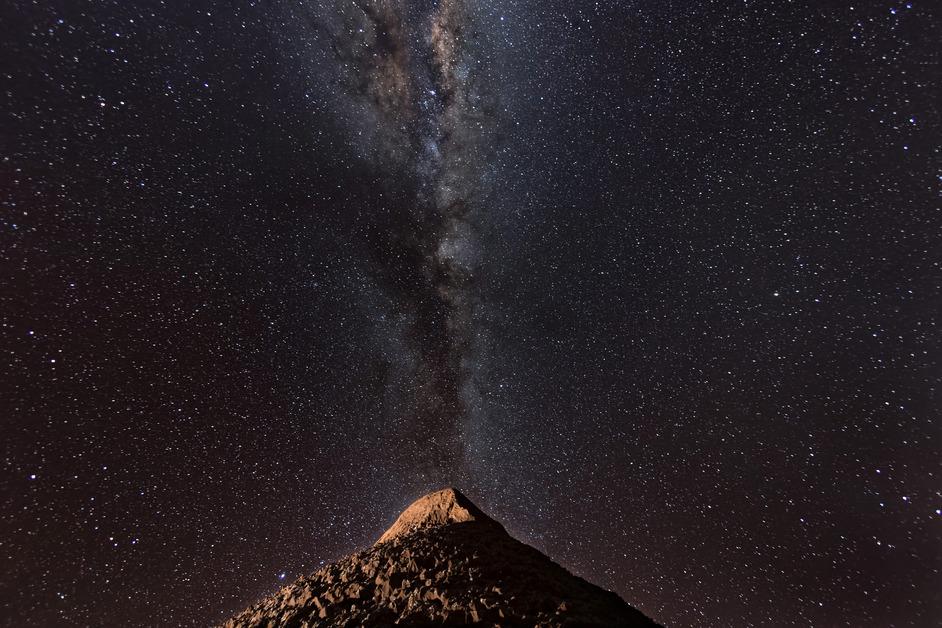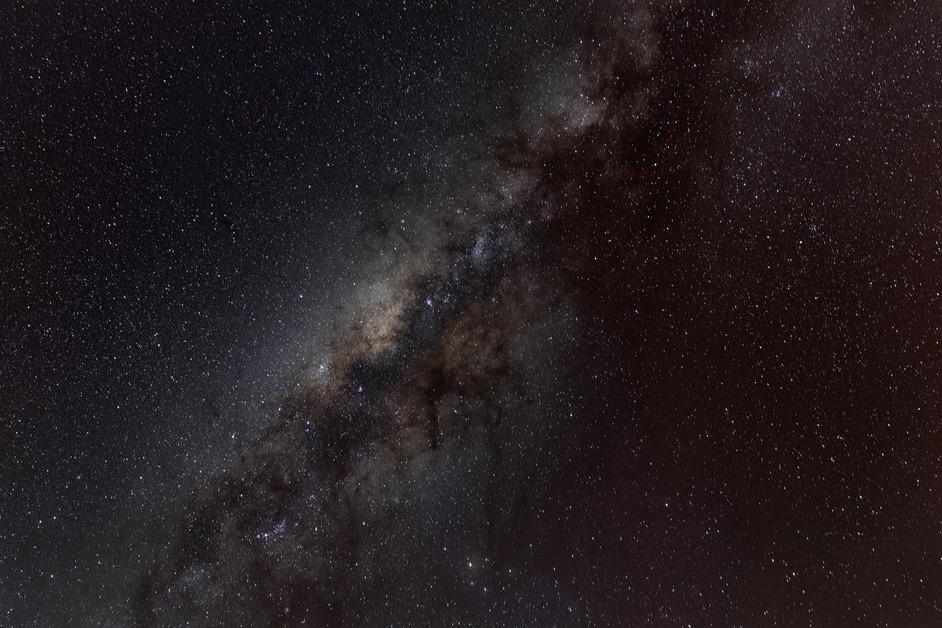There Are More Solar Systems in Our Galaxy Than You Can Count
Published Jan. 19 2023, 4:41 p.m. ET

We exist in the Milky Way. A single galaxy among billions and billions of galaxies with their own stars and planets and possibly, living things. And it turns out, you don’t have to go far (well, unless you consider 100,000 light-years far) to find other stars with planets in orbit.
But within our own Milky Way, how many solar systems are there?
What is a solar system, and how is it different from a galaxy?
According to NASA, it’s easy for people to mix up the definitions of a galaxy, solar system, and universe. So to start, let’s look at how NASA defines each.

A solar system comprises planets orbiting the sun, as well as various moons, asteroids, comets, rocks, and space dust.
Now, zoom out. This is a galaxy. A galaxy contains billions of stars and thousands of individual solar systems. The closest galaxy to our own Milky Way Galaxy is the Andromeda Galaxy.
Now zoom out even more. This is the universe. The universe consists of all the galaxies together, which means it is quite literally everything that exists.
How many solar systems are there?
The latest data collected by NASA indicates that there are 3,916 solar systems within our Milky Way. This means there are 3,916 stars with planets orbiting them in our single galaxy.
Also according to the latest data, there are 5,241 confirmed exoplanets, which are planets that exist outside our solar system. Many of these have been discovered within the last century, because space technology only recently progressed to have the capabilities to identify exoplanets. For instance, the James Webb Space Telescope, only recently its first exoplanet, as per NASA.

Can we travel to other solar systems?
Technically, we don't know what our future technology will allow. But with our current facilities, human travel to other systems is unfeasible.
It is really a timing issue, as laid out in an article by Forbes. The closest star to our system is 4.24 light-years away, or around 9 trillion kilometers. Even with our fastest space probes, they wouldn’t make it there in under 80,000 years, making it impossible for humans to make the journey.
Although this seems troubling, new technologies are to come, and all the while more discoveries are being made.

In 2020, scientists captured the first photo of a solar system comparable to ours.
According to CBS News, the first direct image of a solar system very similar to our own was captured in 2020, taken by the European Southern Observatory’s Very Large Telescope (VLT).
The photo was groundbreaking for evolutionary planetary study, according to research done in The Astrophysical Journal Letters. The planets in the image seemed to have been formed fairly recently, and by this, they mean the star in this system is just 17 million years old, compared to our 4.6 billion-year-old sun.